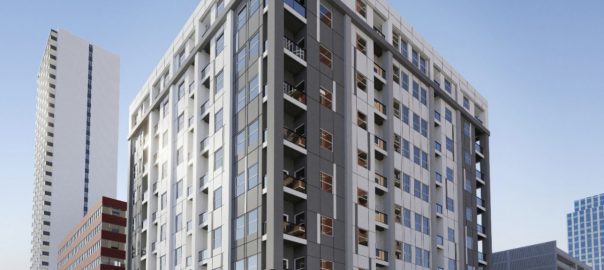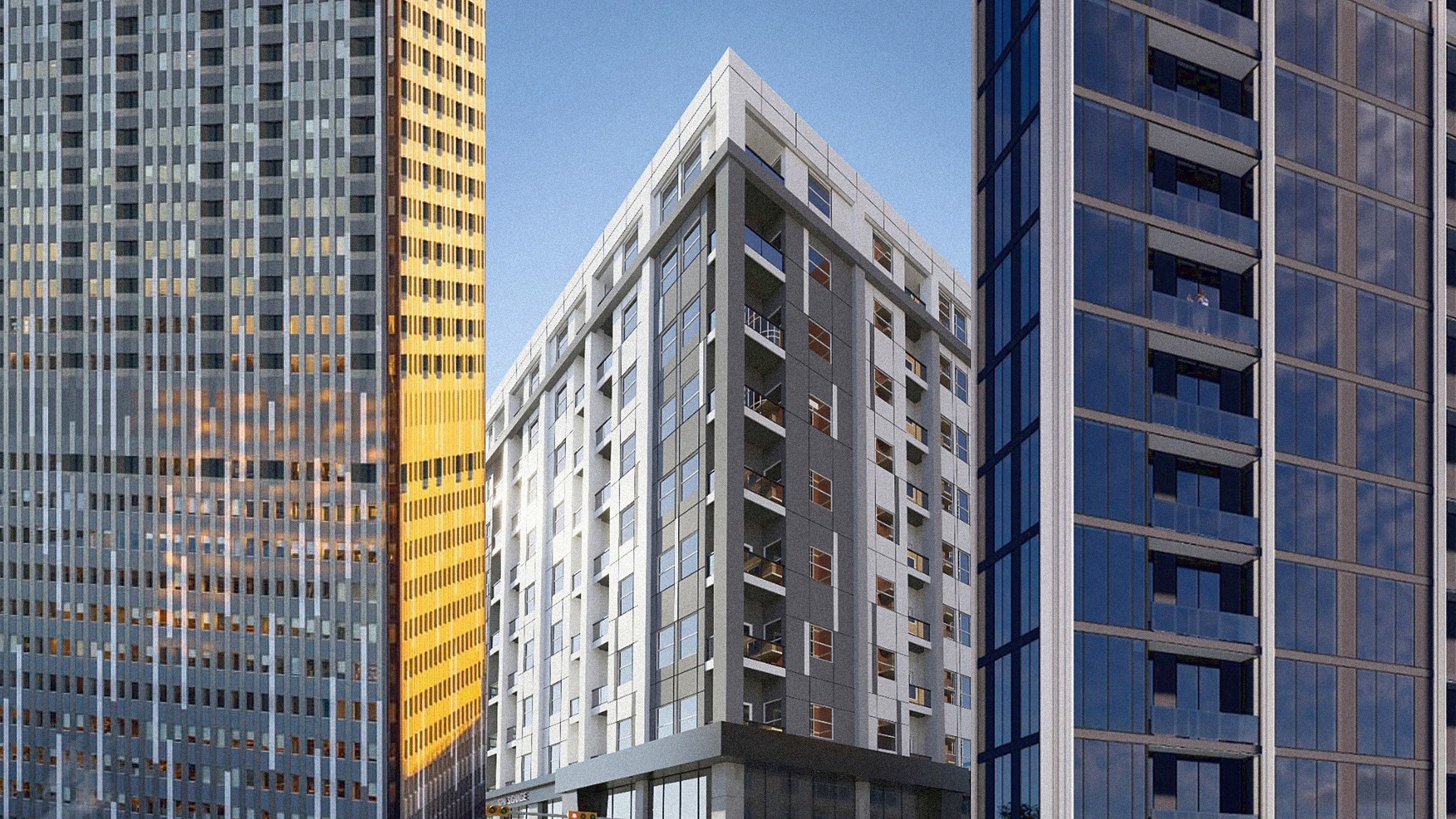Calgary was ahead of the curve, but the curve was heading downward. Long before the pandemic locked down cities and drained workers from downtowns, Calgary saw its office life dry up almost overnight, spurring it to become a pioneer in the suddenly pertinent, possibly city-saving business of converting empty office buildings into housing.
While other cities are still weighing if and how this might work in their downtowns, Calgary has more than a dozen office conversion projects underway, with the first expected to be completed by the end of this year. To get here, it’s taken years of planning, more than $150 million, and an exemplary approach to making its downtown a place people would actually want to live.
The city’s problem dates back to mid-2014, when the city was entering one of its cyclical bust periods. The center of Canada’s oil and gas industry, Calgary has been subject to the ups and downs of the global oil markets for decades, taking a hit when new reserves open up in different parts of the world, or when prices seesaw at the whims of OPEC.

Calgary usually weathered the downturns, bouncing back as Canada’s industry adapted to the changing landscape. But around 2014 and 2015, with oil prices dropping nearly 60% in just seven months, the industry began to shift and consolidate in ways the city hadn’t seen before. “There was a feeling around Calgary that this time is different,” says Sheryl McMullen, the city’s manager of investment and marketing.
In the years that followed, Calgary was stuck in the bust period, and its oil and gas companies were either shutting down, being gobbled up by competitors, or packing up and moving out of town. One of Canada’s biggest energy companies, which occupied nearly half of a two-million-square-foot tower, rebranded itself and moved to Denver. A significant chunk of the city’s downtown was made up of office towers purpose-built for these oil and gas companies, and they all seemed to be moving out.
By 2018, the downtown office vacancy rate was climbing up to 20%. The next year, the vacancy rate went up to 25%, then 28%. “This is even pre-pandemic,” says McMullen. “We started to realize our vacancy rate is climbing, it’s climbing quickly, and it’s not going to get filled up again . . . Obviously the pandemic came and made things worse.”
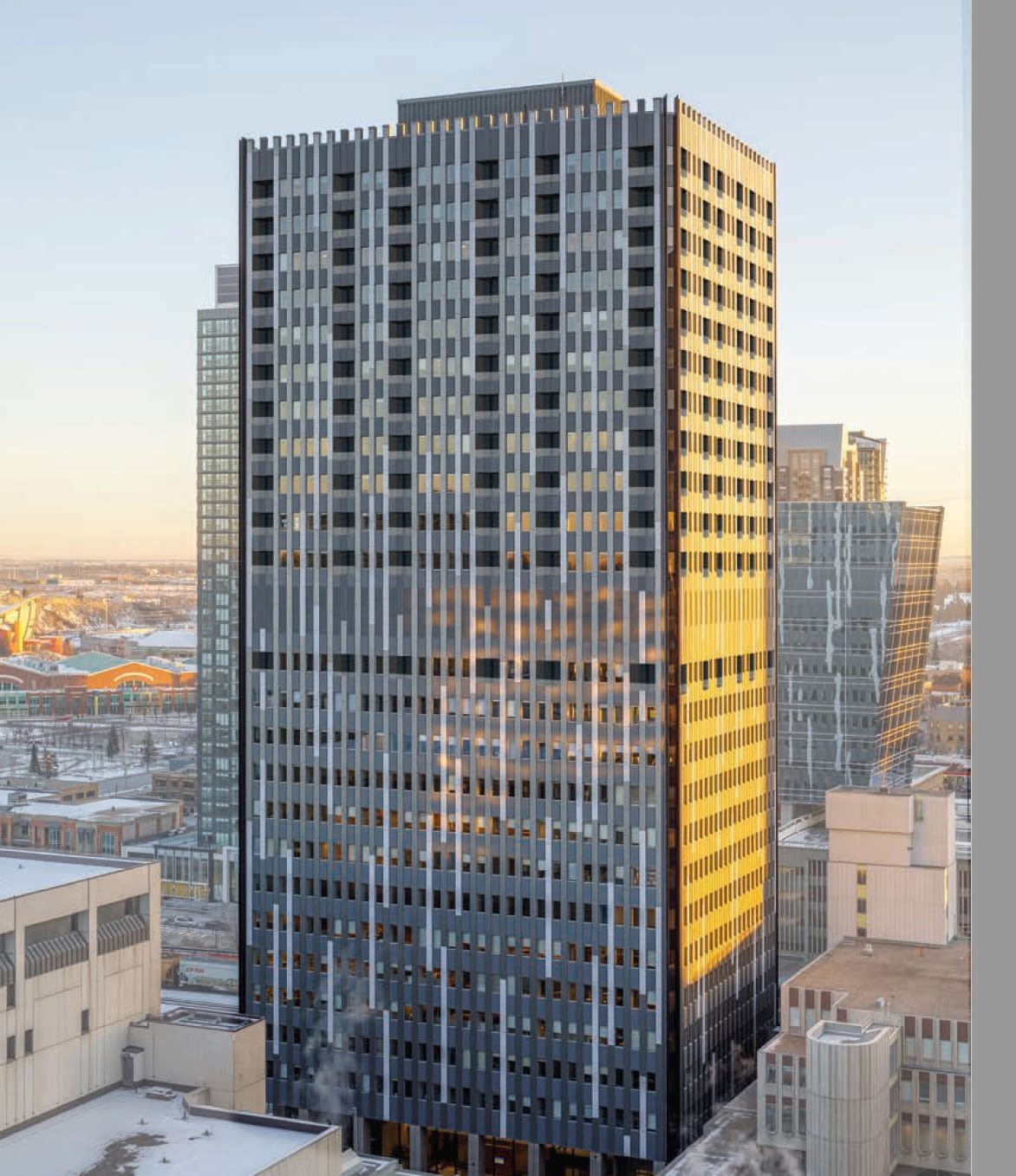
Once the pandemic was in full swing, Calgary’s already draining downtown was flushed; total vacancy in its office buildings rose over 38%, making it one of the hardest hit cities in North America.
In the fall of 2020, Calgary’s economic development agency hired the global architecture and design firm Gensler to try to figure out what could be done. Of the roughly 45 million square feet of offices in Calgary, 14 million square feet were empty by this time. “They actually worked out that they had more desks in empty offices than they had people in the city,” says Steven Paynter, global building transformation and adaptive reuse leader at Gensler. “So obviously a major problem.”
The scale of this problem might have seemed intractable, but Paynter had spent the previous several months working on a project that was intended to provide some answers to the firm’s developer clients facing down emptied buildings. “[COVID] led us to start looking at an approach where we could start analyzing buildings en masse,” he says.
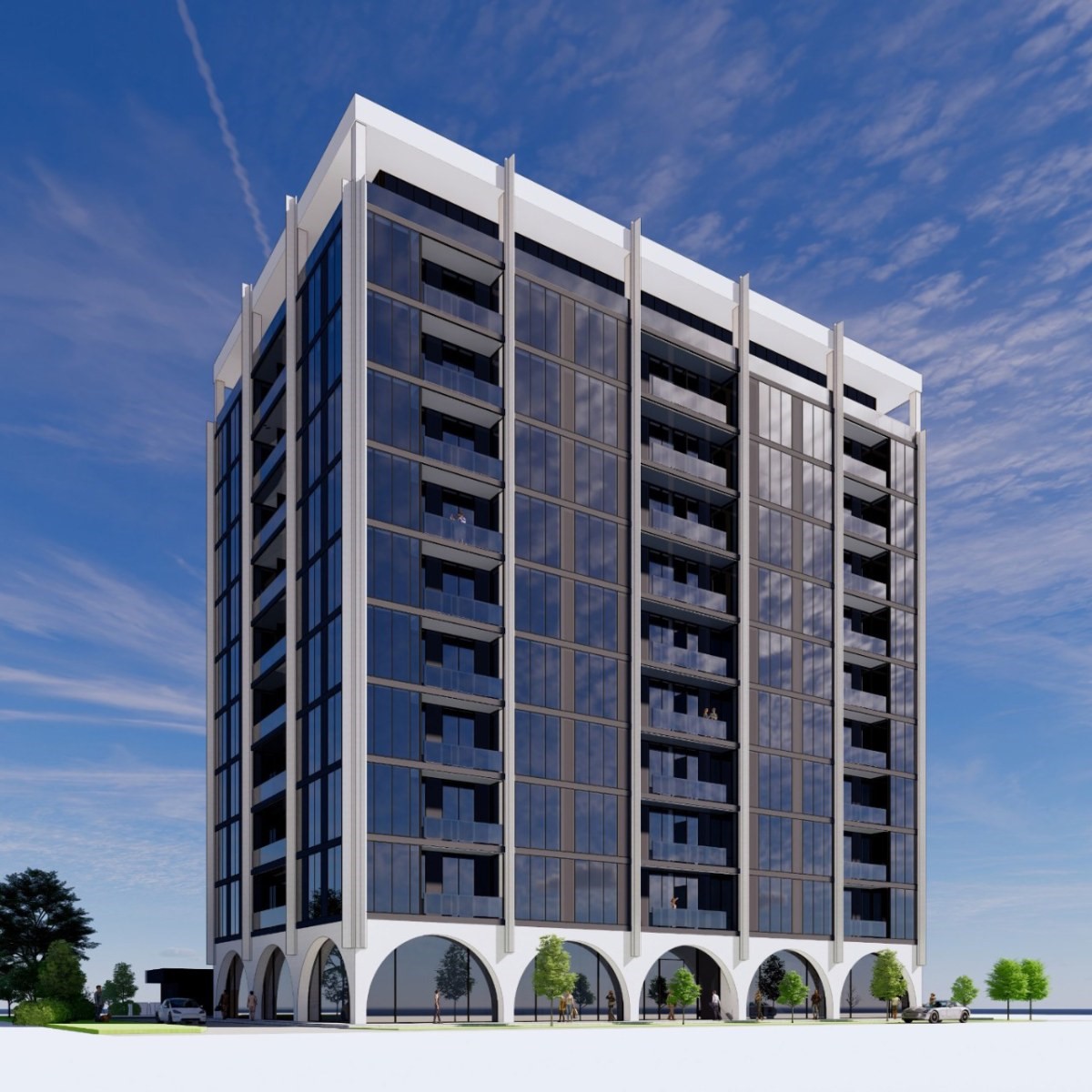
Paynter and a team at Gensler designed an algorithm to help figure out, very quickly, whether a building was a good candidate for conversion to housing. Not many are, it turns out, due to overly large floor plates, inadequate natural light, or inoperable windows. Making that determination would typically require months of work, delving through building details and drawings and modeling out a redesign, Paynter says. “We had to speed that up. We had to convert everything we knew about design into data and then analyze the data to start finding these trends and finding these projects that can happen,” he says.
Using publicly available data on building sizes, floor plans, parking, and other physical and neighborhood characteristics, Paynter’s team created a simple system to almost instantly assess the conversion potential of buildings. From around 20 data inputs they get about 150 scored metrics that gauge a building’s potential for conversion, including floor plate size, ceiling height, and neighborhood context. Buildings with high overall scores represent viable conversion candidates, and provide cities and developers with a skip-ahead starting point to begin planning a project.
In Calgary’s case, the algorithm was used to perform a downtown-wide analysis. Of about 40 buildings, the algorithm found more than a dozen that looked like realistic conversions.
This information could have just sat on a shelf, a pipe-dream study like so many that cities conduct. But Gensler’s analysis was being done at the same time the city was creating what it calls its Greater Downtown Plan, a policy- and budget-backed framework for reinventing the downtown area and its economic makeup.
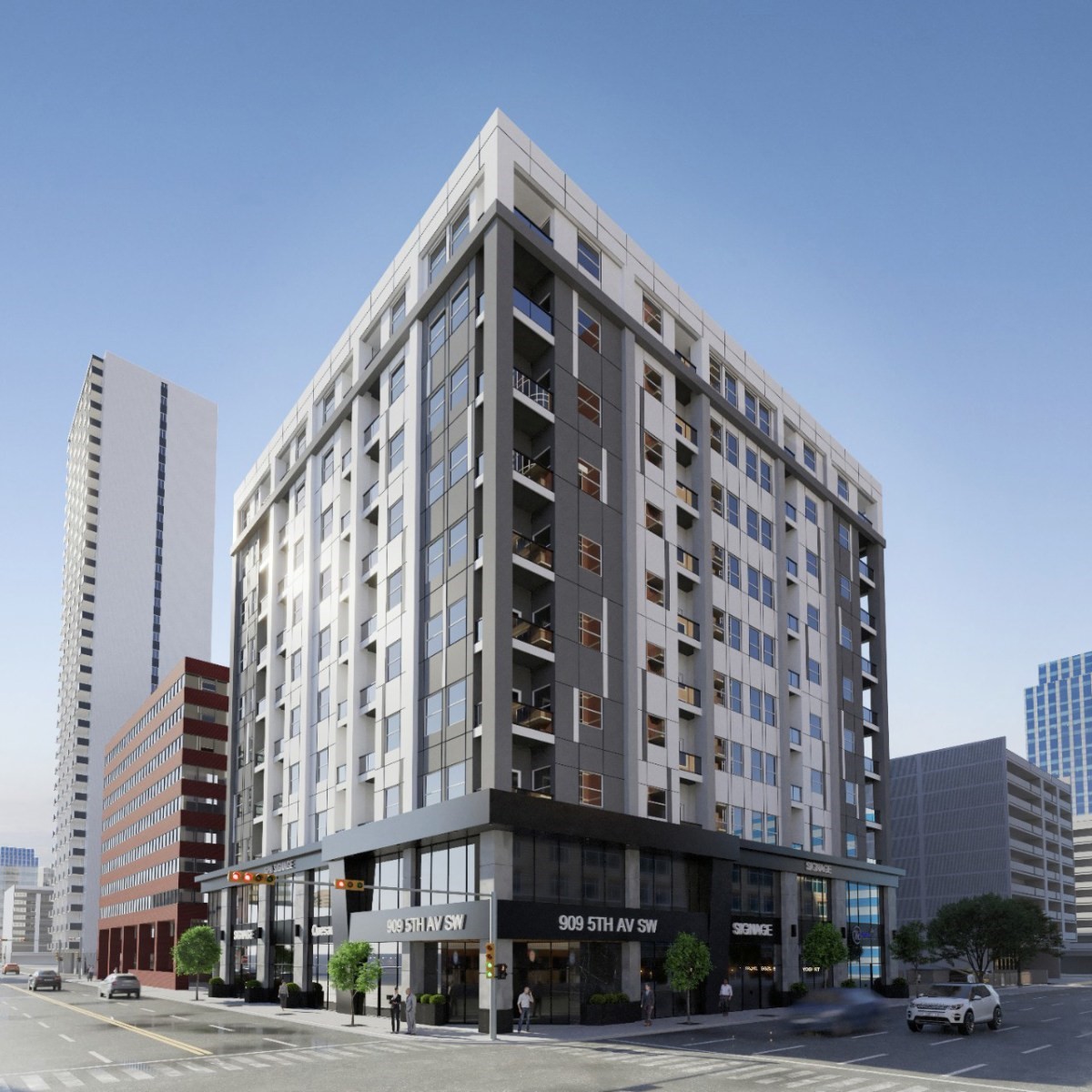
“All of that came together in 2021 when we went to council and said we’ve got a Greater Downtown Plan and now we’ve got an execution strategy for how we can make that plan a reality,” says McMullen.
Working with Gensler’s analysis, McMullen’s department could point to specific buildings and show that, under the right conditions and with the right incentives, private developers could profitably convert empty offices into housing that the growing city of 1.5 million people needed. Along with the city’s director of downtown strategy, Thom Mahler, McMullen proposed a formal incentive program that could seed this kind of transformation.
In April 2021, the city council agreed. It set aside $45 million (Canadian) to fund the Downtown Calgary Development Incentive Program, offering up to $75 per square foot for the costs of an office-to-housing conversion project, covering an estimated 30% of development costs. On top of that, the city also budgeted $55 million for streetscape improvements, new walking paths, and other public realm amenities. “Council knew that they needed to invest in our city to be able to attract other private investment,” McMullen says.
The gambit worked. When the city opened up its application window in August 2021, developers submitted proposals for converting 14 buildings downtown, enough that it would have required double the city’s set aside budget to accommodate them all. Five of the most feasible that were also renovation-ready got selected, and construction was underway on them by the following spring.
Seeing such quick action, the city re-upped its funding in the 2022 budget process, contributing another $55 million for conversion incentives. Another five projects were selected. By November 2023, three more were approved for incentive funding, bringing the total up to 13 conversions underway. Four more are in the process of being approved now. If all 17 go forward, the city will have dedicated all $153 million it has set aside for office-to-residential conversions. The new housing units, many being affordable rentals, will help meet part of the city’s growing demand for housing. According to the city’s latest housing needs assessment, about 20% of Calgary residents struggle to afford housing.
Compared to other cities that were sidelined by the sudden office vacancies of 2020, and then the slow-burn recognition that offices may never return to their pre-pandemic use cases, Calgary has managed to set in motion an impressive downtown recovery effort. The first of its office-to-residential conversions is expected to finish construction later this year, turning an 11-story office building into 112 units of rental housing. Four more buildings will be ready for occupancy in 2024, adding hundreds of new residences to the downtown area.
“They were really the first movers,” says Paynter.
Others have followed. Cities, building owners, and housing developers tapping Gensler’s algorithm to run analyses across North America. “We’re doing probably a dozen of those analyses a week,” Paynter says. “The phone hasn’t stopped ringing, honestly.”
Running these analyses is becoming incredibly easy. Turning an algorithmically approved conversion candidate into a buildable project is not. But Calgary’s example offers some guidance for other cities hoping to make a dent in their office vacancies. By combining the list of vetted buildings with a city plan for downtown revival, along with a healthy pot of funding for incentivizing projects and another for improving the public realm, Calgary has taken a more holistic approach to the problem than just hoping some developers would come along and fix the problem.
McMullen says the city wants to build on this success. It’s now looking to apply this strategy beyond just housing, with a new push for vacant office buildings to take on a variety of forms, from hotels to student housing to postsecondary education institutions. Overall, the city is trying to move away from the past strategy of thinking about downtown as mostly a place for office work. “It’s a different rethinking of downtown, to make it a place for everyone,” McMullen says.
(11)
Report Post